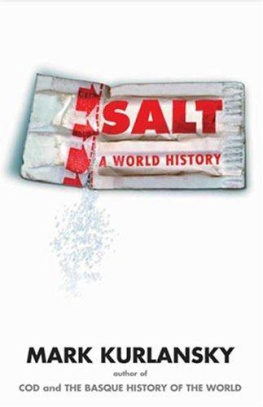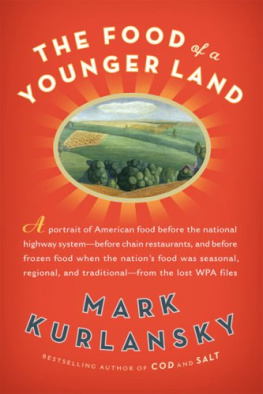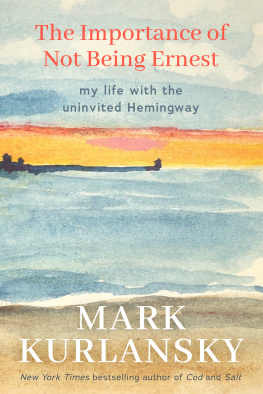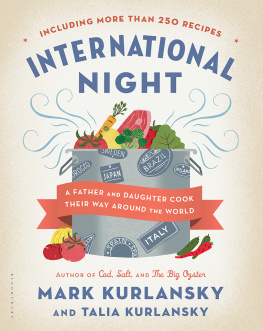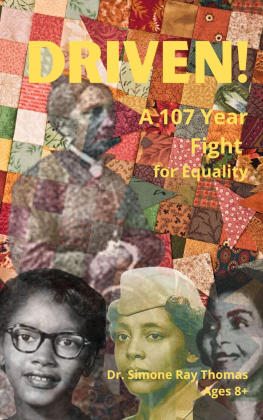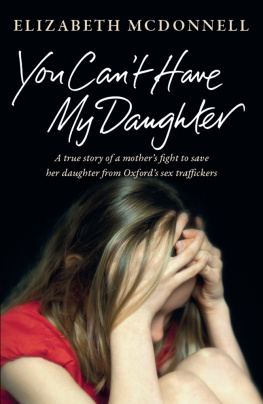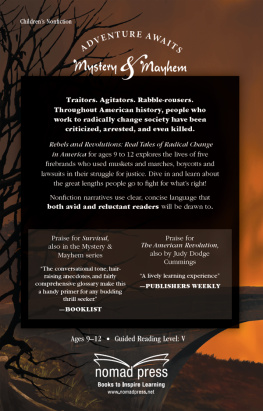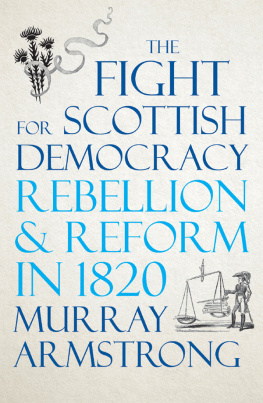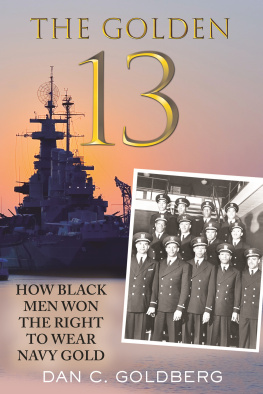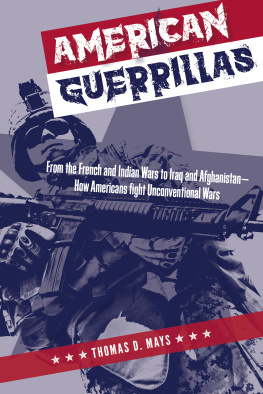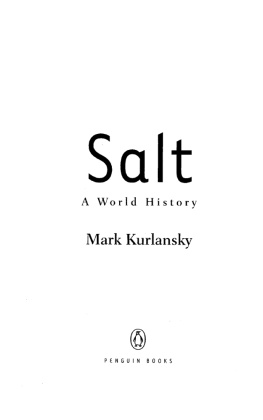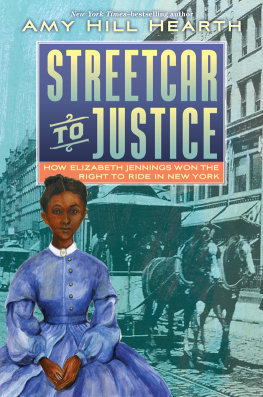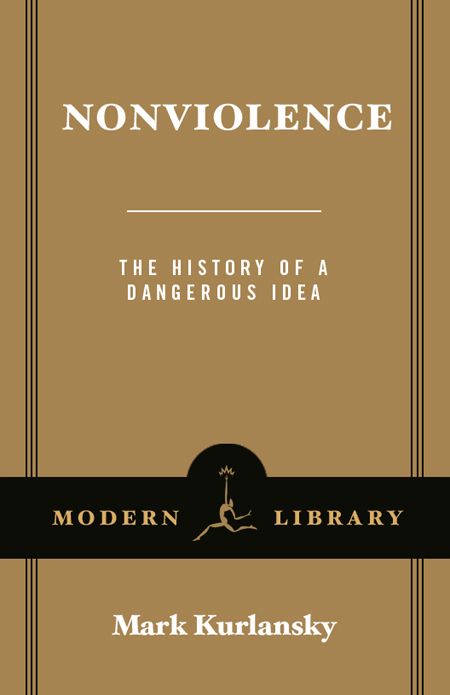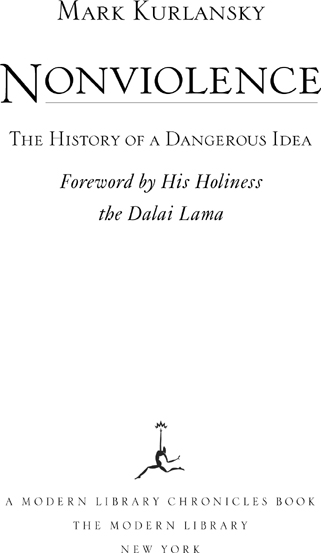M ODERN L IBRARY C HRONICLES
Currently Available Forthcoming
K AREN A RMSTRONG on Islam
D AVID B ERLINSKI on mathematics
R ICHARD B ESSEL on Nazi Germany
I AN B URUMA on modern Japan
P ATRICK C OLLINSON on the Reformation
F ELIPE F ERNNDEZ - A RMESTO on the Americas
L AWRENCE M . F RIEDMAN on law in America
P AUL F USSELL on World War II in Europe
P ETER G REEN on the Hellenistic Age
A LISTAIR H ORNE on the age of Napoleon
P AUL J OHNSON on the Renaissance
F RANK K ERMODE on the age of Shakespeare
J OEL K OTKIN on the city
H ANS K NG on the Catholic Church
E DWARD J . L ARSON on the theory of evolution
M ARK M AZOWER on the Balkans
J OHN M ICKLETHWAIT A ND A D RIAN W OOLDRIDGE on the company
A NTHONY P AGDEN on peoples and empires
R ICHARD P IPES on Communism
K EVIN S TARR on California
M ICHAEL S T R MER on the German Empire
G EORGE V ECSEY on baseball
M ILTON V IORST on the Middle East
A . N . W ILSON on London
R OBERT S . W ISTRICH on the Holocaust
G ORDON S . W OOD on the American Revolution
Forthcoming
A LAN B RINKLEY on the Great Depression
J AMES D AVIDSON on the Golden Age of Athens
S EAMUS D EANE on the Irish
J EFFREY E . G ARTEN on globalization
M ARTIN G ILBERT on the Long War, 19141945
F RANK G ONZ L EZ - C RUSSI on the history of medicine
J ASON G OODWIN on the Ottoman Empire
J AN T . G ROSS on the fall of Communism
R IK K IRKLAND on capitalism
B ERNARD L EWIS on the Holy Land
F REDRIK L OGEVALL on the Vietnam war
M ARTIN M ARTY on the history of Christianity
P ANKAJ M ISHRA on the rise of modern India
C OLIN R ENFREW on prehistory
O RVILLE S CHELL on modern China
C HRISTINE S TANSELL on feminism
A LEXANDER S TILLE on fascist Italy
C ATHARINE R . S TIMPSON on the university
ALSO BY MARK KURLANSKY
NONFICTION
The Last Fish Tale: The Fate of the Atlantic and Survival in Gloucester, America's Oldest Fishing Port and Most Original Town
The Big Oyster: History on the Half Shell
1968: The Year That Rocked the World
Salt: A World History
Choice Cuts: A Savory Selection of Food Writing from Around the World and Throughout History (anthology)
The Basque History of the World
Cod: A Biography of the Fish That Changed the World
A Chosen Few: The Resurrection of European Jewry
A Continent of Islands: Searching for the Caribbean Destiny
FICTION
Boogaloo on 2nd Avenue: A Novel of Pastry, Guilt, and Music
The White Man in the Tree and Other Stories
FOR CHILDREN
The Story of Salt
The Girl Who Swam to Euskadi
The Cod's Tale
TO BEAUTIFUL TALIA FEIGA AND HER ENTIRE MILLENNIAL GENERATION I HOPE YOU RAISE HELL .
NONVIOLENTLY, OF COURSE .
To kill one man is to be guilty of a capital crime, to kill ten men is to increase the guilt ten-fold, to kill a hundred men is to increase it a hundred-fold. This the rulers of the earth all recognize and yet when it comes to the greatest crime waging war on another state they praise it!
It is clear they do not know it is wrong, for they record such deeds to be handed down to posterity; if they knew they were wrong, why should they wish to record them and have them handed down to posterity?
If a man on seeing a little black were to say it is black, but on seeing a lot of black were to say it is white, it would be clear that such a man could not distinguish black and white. Or if he were to taste a few bitter things were to pronounce them sweet, clearly he would be incapable of distinguishing between sweetness and bitterness. So those who recognize a small crime as such, but do not recognize the wickedness of the greatest crime of all the waging of war on another state but actually praise it cannot distinguish right and wrong. So as to right or wrong, the rulers of the world are in confusion.
MOZI, CHINA, CIRCA 470-391 B.C.
I find it so difficult not to hate; and when I do not hate I feel we few are so lonely in the world.
BERTRAND RUSSELL, LETTER TO COLETTE, 1918
CONTENTS
I.
II.
III.
IV.
V.
VI.
VII.
VIII.
IX.
X.
XI.

FOREWORD
The Dalai Lama
I have worked to promote peace and nonviolence for many years because I believe that ultimately it is only through kindness and nonviolence that we human beings can create a more tranquil and happy atmosphere that will allow us to live in harmony and peace. Therefore, I am happy to see that Mark Kurlansky has wholeheartedly taken up these themes in this book.
I consider the cultivation of nonviolence and compassion as part of my daily practice. I do not think of it as something that is holy or sacred but as of practical benefit to myself. It gives me satisfaction; it gives me a sense of peace that is very helpful in maintaining sincere, genuine relationships with other people.
Mahatma Gandhi took up the ancient but powerful idea of ahimsa, or nonviolence, and made it familiar throughout the world. Martin Luther King Jr. followed in his footsteps. The author is correct to point out that both men were regarded with suspicion by the authorities they opposed, but ultimately both achieved far-reaching and significant changes in the societies in which they lived. I think it is important to acknowledge here that nonviolence does not mean the mere absence of violence. It is something more positive, more meaningful than that. The true expression of nonviolence is compassion, which is not just a passive emotional response, but a rational stimulus to action. To experience genuine compassion is to develop a feeling of closeness to others combined with a sense of responsibility for their welfare. This develops when we accept that other people are just like ourselves in wanting happiness and not wanting suffering.
It is my firm belief that if we adopt the right approach and make determined efforts, even in circumstances where great hostility has come about over time, trust and understanding can be restored. This is the approach I too have adopted with regard to the Chinese authorities concerning the issue of Tibet. Responding to violence with more violence is rarely appropriate. However, discussing non-violence when things are going smoothly does not carry much weight. It is precisely when things become really difficult, urgent, and critical that we should think and act with nonviolence.
Mahatma Gandhi's great achievement was to revive and implement the ancient Indian concept of nonviolence in modern times, not only in politics, but also in day-to-day life. Another important aspect of his legacy is that he won independence for India simply by telling the truth. His practice of nonviolence depended wholly on the power of truth. The recent unprecedented fall of oppressive regimes in several parts of the world has demonstrated once more that even decades of repression cannot crush people's determination to live in freedom and dignity.



